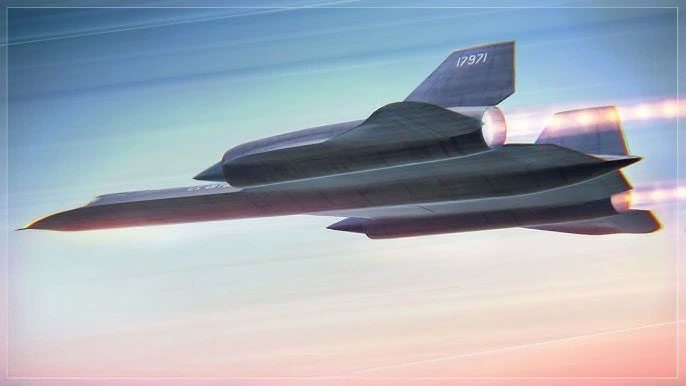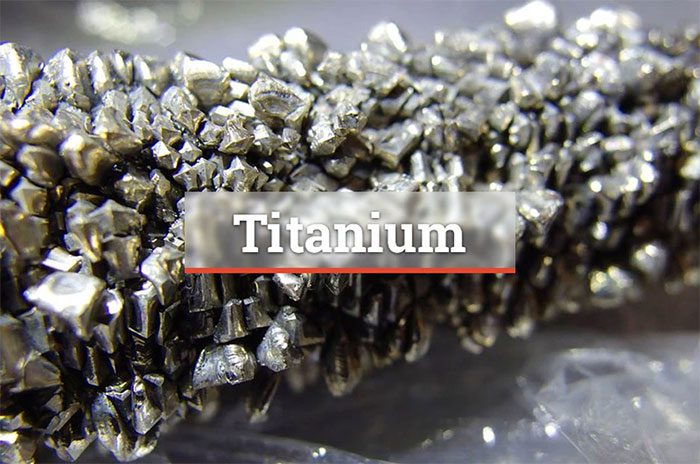The aircraft that reaches a speed of 3,600 km/h is the Blackbird SR-71, manufactured by Lockheed (USA). This remarkable speed is made possible due to its exterior shell made from titanium.
In fact, experts consider the SR-71 to be a unique reconnaissance aircraft with impressive capabilities. With its flexibility and operational ability, this aircraft can fly at altitudes of up to 30 km. It can accelerate from 0 to Mach 3.4 very quickly (over 3,600 km/h). This is a speed that no aircraft today can match.
Experts have noted that the SR-71 can change its flight path, accelerate, and evade missiles simultaneously. However, at such high speeds, this aircraft faces numerous challenges, such as fuel efficiency, supersonic shock waves, effects from surrounding air currents, and especially heat resistance.

The SR-71 can reach speeds of over 3,600 km/h.
When the SR-71 reaches Mach 3 (three times the speed of sound), the nose of this aircraft can heat up to 300 degrees Celsius, while its engine temperature can soar to nearly 650 degrees Celsius. At these temperatures, all other aircraft would melt. However, the SR-71 achieves what seems impossible.
How did this aircraft conquer the challenge of high temperatures? According to experts, titanium is the “secret weapon” of the SR-71.
So, what is titanium and what are its special features?

Engineers chose titanium to build the SR-71.
During the construction of the SR-71, engineers sought ways to address the issue of excessive heat in various ways, such as inventing the new JP-9 fuel suitable for the aircraft or painting the exterior in dark blue to reflect heat from the Sun.
However, these changes were not enough and rather minor compared to the material that could help the SR-71 fly with a wide wingspan. That is titanium, a material so strong that it renders the SR-71 nearly invincible.
Initially, titanium was considered an unusual choice for aircraft. Using aluminum for aircraft construction seemed more practical since aluminum is cheap, durable, and easy to work with, while titanium is expensive and not easy to procure. Titanium is the lightest and hardest metal among most metals. It also possesses exceptional heat resistance and good elasticity…
In fact, 93% of the SR-71 is constructed from titanium. Engineers chose titanium because of its remarkable heat resistance. Additionally, titanium alloys have an unusually strong bond in their crystal lattice, which helps prevent thermal separation effects.
Titanium can withstand temperatures up to 593 degrees Celsius before its atoms start to diffuse while maintaining its rigidity.

Titanium is a metal with many superior properties that enable the SR-71 to achieve speeds over 3,600 km/h.
Scientists have stated that titanium also has a very low thermal expansion rate. This characteristic helps minimize maximum contraction and expansion, thereby reducing thermal stress on the aircraft. Due to these outstanding features, titanium alloy is the only choice for the SR-71 airframe, providing the rigidity of stainless steel while being relatively lightweight and durable at high temperatures.
Titanium (Titan) was first discovered by geologist William Gregor in Cornwall (England) in 1791. Initially, this metal was named Gregorite. However, later, German chemist Martin Heinrich Klaproth named it Titan, after the gods in Greek mythology. Titan signifies the embodiment of natural strength.
Titan has a specific gravity of only 4,510 kg/m3, which is about 60% less dense than steel. However, this metal has the superior property of high specific strength, being able to withstand temperatures of up to 1,650 degrees Celsius. In reality, about 94% of titanium exists in the form of dioxide (TiO2), with the remaining 6% in metallic and alloy forms. Due to its many outstanding properties, titanium is widely used in fields such as the chemical industry, healthcare, and especially in aerospace.




















































